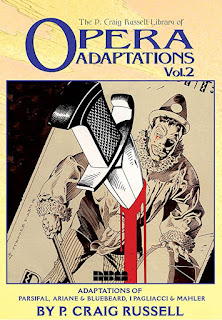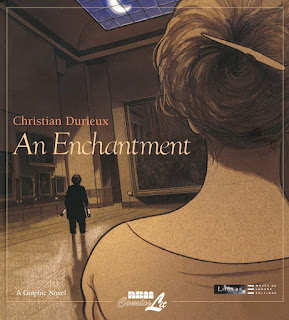Fortune & Glory by Brian Michael Bendis
I went through a Bendis kick, around the time a lot of the hip comics kids did, back in the mid-Aughts. I at first liked Powers, and then thought it ran at high speed away from everything that was originally good about it. I was mostly impressed by Alias. And I think I wandered away about the time he, inevitably, like every other new writer in comics, was fully subsumed into the Wednesday Crowd and started writing sharecropped superheroes all of the time.
{Spongebob Narrator Voice: Fifteen Years Later}
I just re-read Fortune & Glory , his least representative book. It was there in the app I used to find comics, since this spiffy new edition was just published in May, and I’m always up for nonfiction these days – the curse of the middle-aged man.
I see I didn’t actually review Fortune the first time I read it, back in 2007, so I might as well go into some of the details here. Bendis created this – he started off as a writer-artist, which might be forgotten, since he’s been just writing for a long time now – as a three-issue miniseries back in 1999. He’d done a few comics, mostly self-published, at that point – Goldfish, Jinx, Torso – all of which were dark mysteries and most of which I think were set in his native Cleveland. He was “hot” in the way it usually happens, though I doubt a self-publishing mystery series would pop now: his books were growing in popularity and getting media attention, so the bigger fish were starting to nose around.
In particular, Hollywood studios started reaching out, looking to option his books. Bendis had some loose contacts to actual Hollywood types, and was introduced to a newish producer here called David Spree, who became something of an advisor and also became “attached” to a couple of Bendis projects. Bendis also got a Hollywood agent, and started talking and taking meetings.
Fortune is the story of, basically, how those first three comics projects of his got him in the door to a whole bunch of places, got him a whole lot of meetings, and apparently led to a fair bit of money for options and writing the script for Goldfish…but did not, in the end, lead to any movies being made.
For Hollywood, though, that’s a massive success: Bendis got a new line of income, got taken seriously, and even pitched pretty strongly (with fellow comics writer Marc Andreyko, the idea that became the comic Torso) and successfully. The Torso movie, in particular, seems to have almost happened, though Bendis is vague about how it fell apart – my guess is that it was a “personality conflict,” probably not anywhere near him, and that the real story will only be told in memoirs thirty or so years down the line.
So this is a talking-heads book, heavy on the dialogue. I’m not sure if Bendis has been doing the Mamet-esque rat-tat-tat dialogue in his superhero books, but this is a real-world version of that, full of smiling tanned people lying to each other and Bendis’s cartoony avatar – that’s him on the cover – gamely making his way through the middle of a whole lot of bafflegab and bullshit and blatant lies.
Bendis was always a better writer than artist; I think he says that, in almost exactly those words, somewhere in this book. So it’s not surprising in retrospect that he turned in the drawing board to focus on the word processor. This is, I think, one of the last big projects he drew, and it’s fun and cartoony and full of energy – I don’t think a story this personal and “here’s what happened to me” would work as well drawn by someone else – so it was a suitable way to wind down that part of his career.
And the Hollywood stuff is entertaining, in the vein of a million other Hollywood stories from the past century or so: the names change, but the story is always the same.
Reposted from The Antick Musings of G.B.H. Hornswoggler, Gent.






















